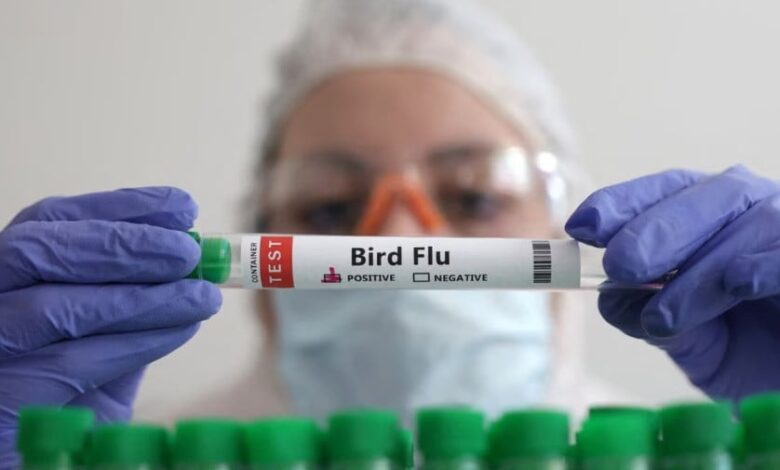US awards Moderna $176m for bird flu vaccine development

LOS ANGELES:
The US government on Wednesday announced $176 million in investment in biotech company Moderna to develop a vaccine against bird flu as concerns escalate over a multi-state outbreak in dairy cows.
This initiative comes as the ongoing outbreak of influenza A (H5N1), commonly known as bird flu, has infected at least 132 dairy cow herds across 12 states, with three confirmed human cases linked to exposure to sick cows, since the virus was, for the first time, detected in cows on March 25, according to the latest data from the Centers for Disease Control and Prevention (CDC) on June 28.
The investment, to be channeled through the Biomedical Advanced Research and Development Authority (BARDA), will empower Moderna to leverage its mRNA technology, which was used in their COVID-19 vaccine, to develop a pandemic influenza vaccine, according to the news release of the US Department of Health and Human Services (HHS) on Tuesday.
Moderna’s COVID vaccine is one of the first two vaccines authorized by the US Food and Drug Administration (FDA) during the COVID-19 response, and ultimately licensed by the FDA, said the release.
The funding will support the preparation of materials, clinical trials to assess safety and immune response, and ultimately, the pursuit of FDA approval. It will also help ensure the vaccine’s readiness for large-scale production in the event of a public health emergency, according to the HHS.
The award has been met with positive reactions from public health experts, including Rick Bright, former BARDA director, who described it as a “big step forward” in modernizing pandemic response capabilities.
“New, synthetic vaccines can be tailored to induce broader immunity than to a single strain of influenza and can be made at large volumes, much faster, without added adjuvant,” Bright wrote on social media X following the HHS’s announcement Tuesday.
However, he also expressed concerns about the adequacy of testing and transparency in the ongoing H5N1 outbreak.
With few people tested for antibodies to H5N1, it’s difficult to track mild or asymptomatic infection, human-to-human spread, or even individuals with confirmed infections, he said in an earlier post on X. “More progress needed with serology testing,” he said.
Additionally, Bright criticised the US Department of Agriculture (USDA) for not being transparent about the outbreak’s size and scope, noting that the number of cows in infected herds is often not disclosed, making it difficult to assess the full extent of the outbreak.
When more than 100 herds were reported to be infected, this could mean “tens to hundreds of thousands of infected cows overall,” he said.
With six dairy cow herds confirmed to be infected over the past week, Colorado has emerged as a particular hotspot, according to data from the USDA and the State Department of Agriculture.
The state has seen 26 herds reported to have bird flu cases this year, most of which occurred in the past month, representing nearly a quarter of the state’s herds, the data shows.
Despite the growing number of infected herds, only 53 people have been tested for the virus to date, according to the CDC. In May, the USDA allocated funding for the dairy herd status program, which requires voluntary weekly testing.
However, only six herds have enrolled thus far, according to the USDA’s website.
Although the CDC states that the current threat to humans is very low, experts are increasingly concerned that the longer the virus spreads unchecked among animals, the higher the likelihood that it will mutate into a form more dangerous to people.
“Humans have no natural immunity to the virus,” warned Christer Watson, a science writer, in an article posted on the Journal Gazette’s website on Tuesday. “As viruses mutate and evolve… the fear is that a virus could mutate so that it is able to attach to the surface of cells in the human upper respiratory tract,” he wrote.
He is worried that “every time a human is infected with H5N1 from a cow, it is a roll of the dice whether that virus has the dangerous respiratory mutation.”
Source link



